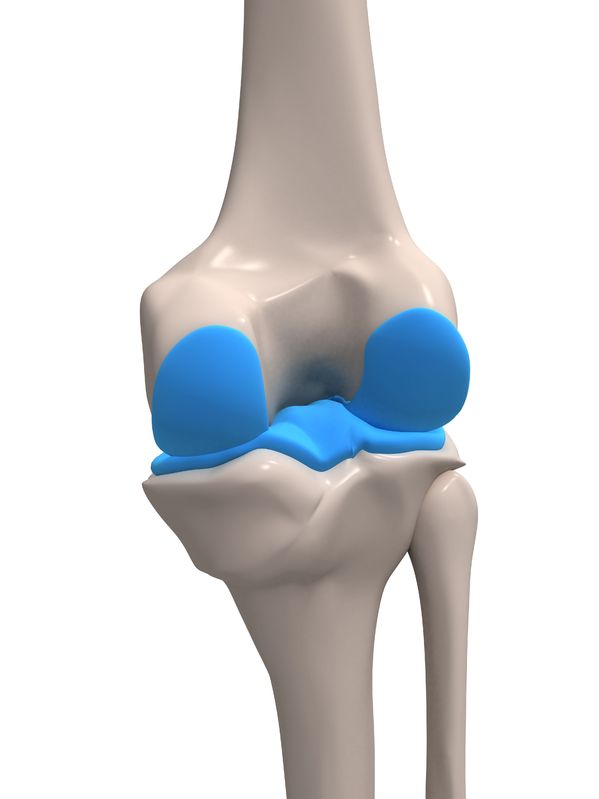This test is run by .
Note that your final mark will not be saved in the system.
Note that your final mark will not be saved in the system.
Joints and their movements Typeit
Target Level
4-5
Running Total
0
0%
Attempt
1 of 3
Type the correct answers into the spaces. Fill all the spaces before clicking ‘Check Answers!’

There are three types of joints in the body: fibourous (fixed), cartilaginous (partly moveable) and (freely movable). Freely moveable joints are the most common and allow our skeletal system to move. There are two main freely moveable joints to be aware of: hinge joints (e.g. elbow, knee and ) and (e.g. hip and ).
The structure of a joint has been carefully constructed to prevent injury during sports and physical activities. These structures include: